Ever wondered why travel to Sikkim? Of all the places, why Sikkim? Well, here are some fun facts about Sikkim that’ll help clear your doubts.
Sikkim, second smallest state of the Indian Union, has had a colourful past just like its ethereal geography. It is sandwiched between Tibet on the north, Bhutan to the east, West Bengal on south and Nepal to the west. Thus, from cuisines to demography to culture there is a vast variety which symbolizes Sikkim.

A QUICK VISIT TO THE PAST
Sikkim saw the longest period of monarchy before it became a state of the Indian Union in 1975. ‘Lepcha’ tribe, who migrated here from Assam and Burma were the very first people to inhabit the land of Sikkim. A Buddhist guru Padmasambhava mentioned Sikkim in a passage written in 8th century AD. He also predicted the coming of the monarchy in Sikkim.
Namgyal dynasty was the first one to be established in Sikkim in 1642 by Phuntsog Namgyal. He then became the first ‘Chogyal’ or priest-king of Sikkim. In the years to come, there were many wars fought against the Chinese and Nepalese armies. Many raids bore the brunt on the ruling of this dynasty. And eventually, in 1791, the Chinese Qing dynasty took control of Sikkim.
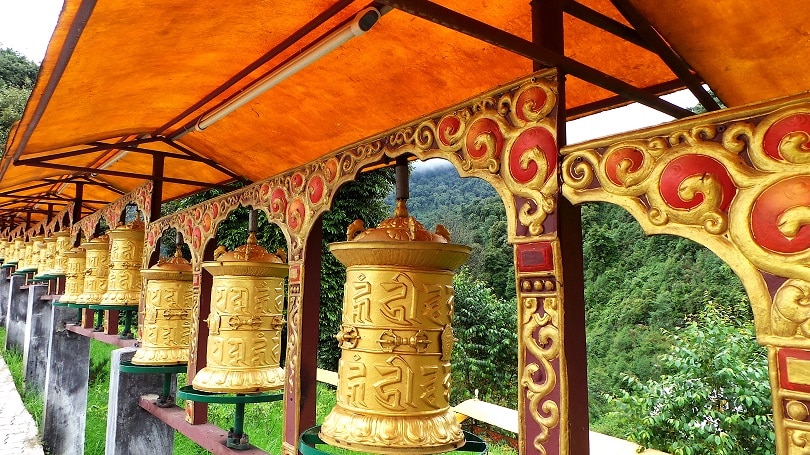
That was not the end of adversaries faced by Sikkim rulers. With the coming of British Raj in India, Sikkim first allied with Britain to defeat Nepal in the Gurkha War of 1814. But, it then ended up becoming a British protectorate in 1890 with the ‘Chogyal’ performing only a ceremonial role.
With India gaining Independence in 1947, Sikkim was given a status of jurisdiction under the monarch. In this setting, the Indian government took care of external affairs and defence of Sikkim. On popular demand of Sikkimese people, an election was held in 1975, and a democratic government was established, with accession to the Indian Union.
THE PRISTINE SHANGRI-LA
No words are enough to describe the splendour of Sikkim. On your trip to Sikkim, you will experience nature at its best in this snow-clad state. At the foothills of magnificent mountains, you can enjoy the tropical climate and as you move up, the rugged cold mountains receive you, further leading you to perennially snow-covered peaks. The Government of Sikkim has made special efforts to preserve this natural heritage by strictly banning the use of plastic bags in the state. It has also banned smoking and sale of tobacco products in the state.
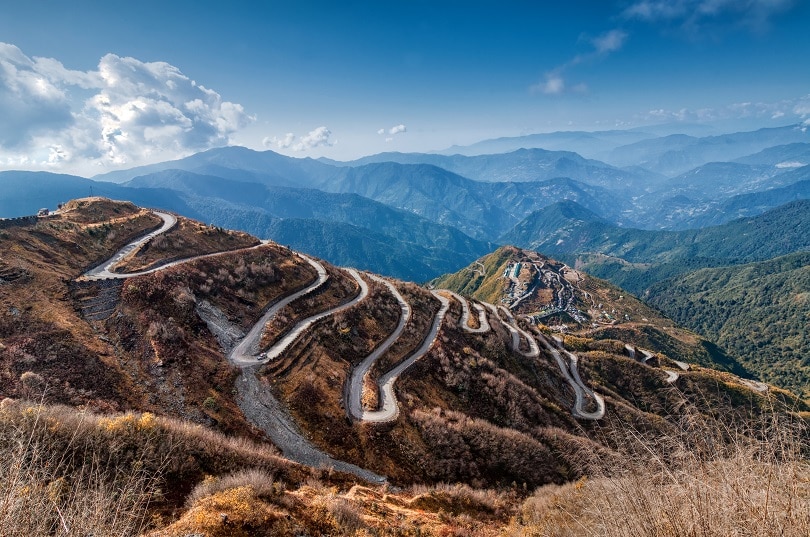
Mount Kanchenjunga (8,534 meters), the world’s third highest peak adds to the glory of this state. Sikkimese people revere it as their protective deity. The mountains have various treasures hidden in them, from lush valleys brimming with an abundance of flora and fauna, to fast-flowing rivers, hot-springs with healing powers and splendid gardens on the hill slopes.
Sikkim’s exceptional cultural heritage reflects in the harmonious existence of people of different religions. People following Buddhism, Hinduism, converted Christians, Nepalese, Bhutanese and a small minority of Muslims, all reside together peacefully. Sikkim is the only state which boasts of giving space to people of all religions without ever facing a communal riots situation.
GANGTOK, THE CAPITAL CITY
Gangtok is in the eastern district of Sikkim. It is the largest and most populated town of the state. It is the cleanest city and is popularly known as ‘the Switzerland of the east”. It is also a significant Buddhist pilgrimage centre. The city is flanked by tributaries of river Teesta on the eastern and the western sides. On the west side of the city, Mount Kanchenjunga is visible. Thick forests with a variety of plants engulf the outskirts of the city. Ranging from poplars, birch, oak, evergreen and coniferous trees of the wet alpine zones.
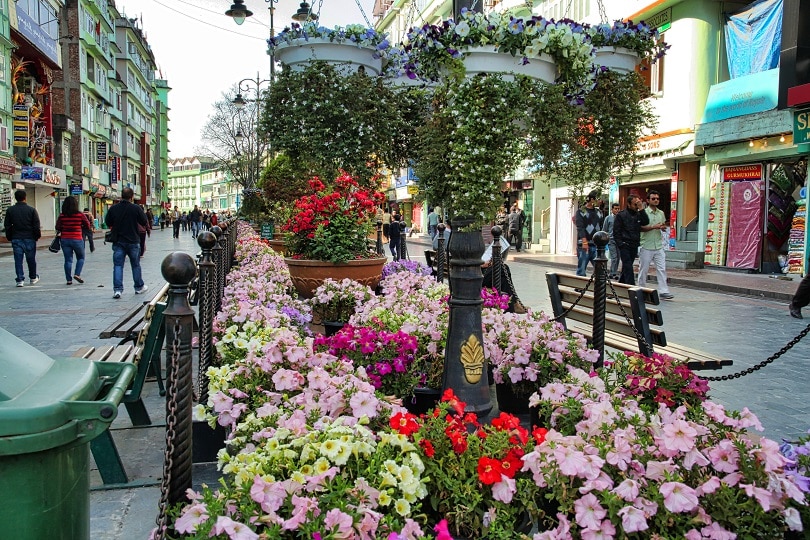
The town is also an important trade centre. It is a tax-free zone. The central market offers the local products, like the handicrafts, locally produced alcohol and other basic goods. You get a variety of food in many restaurants, momos being the most popular snack. People here are big-time football fans; they also enjoy Western rock music and Hindi pop songs. Locally made alcohol, millet based beer and whiskey in large quantities are consumed here as it is available at low prices. Now isn’t that a reason to plan your Sikkim Trip? Some notable places to see in Gangtok are:
- Raj Bhawan on ‘The Ridge’ is the residence of the Chief Minister and Governor of Sikkim.
- The Namgyal Institute of Tibetology – Its museums boast of ancient Tibetan tapestries, masks and Buddhist statues.
- The Rumtek Monastery – One of the oldest monasteries in Sikkim and most sacred Buddhist monasteries.
- The Enchey Monastery– Gangtok’s oldest monastery.
- The Thakurbari Temple – An important place of worship for Hindus.
- The Himalayan Zoological Park – The zoo houses some endangered Himalayan species of snow leopard.
- Jawaharlal Nehru Botanical Gardens – Rare orchids and more than fifty variety of trees can be found here.
- Paljor Stadium – For football fanatics and if you are lucky, you might get a chance to see native football star Baichung Bhutia in action.
DIVINE CONNECT: THE BUDDHIST CULTURE
Buddhism was the first religion which gained acknowledgement of Sikkimese people. It is still the second most followed religion after Hinduism.
The symbols of Buddhism can be found in abundance here. There are over 200 monasteries in Sikkim, oldest ones dating as early as 1700’s. These are significant to the culture because they preserve the age-old rituals and practices of Buddhism. And the monasteries are an important tourist attraction too as they give an ambient and serene space to the people, ideal for meditation.
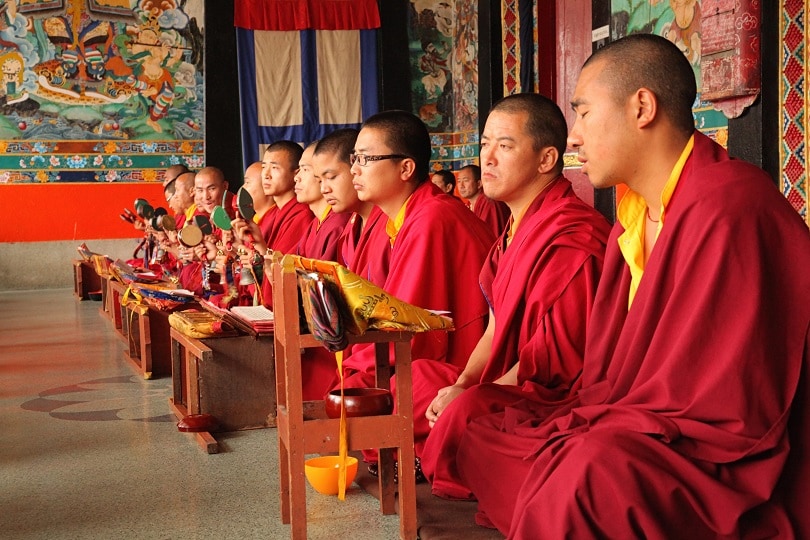
The spiritual aura of the monasteries is augmented by the presence of devoted ‘lamas’. You can interact with them to know more about Buddhism or learn techniques of meditation. Monasteries in Sikkim, in the lap of the Himalayas, are a perfect place for a tired and torn soul to find peace and enlightenment.
Every monastery has huge frescoes of important Buddhist legends, rare silk and brocade Thangkas (paintings), ancient Tibetan manuscripts, intricately carved wood-work and icons made with gold and silver. Some of the prominent monasteries in Sikkim are the Rumtek Monastery, Pemayangtse Monastery, Phensang Monastery, Phodang Monastery, Ralang Monastery, Enchey Monastery, Tashiding Monastery and Yoksum Monastery.
THINGS TO DO ON YOUR SIKKIM TRIP
Sikkim offers something exciting and fascinating for every traveller. Here’s a list of things which you cannot miss when in Sikkim.
PLACES FOR SIGHTSEEING
Monasteries or Gompas
There are over 200 monasteries in Sikkim. But the six below are the most important and frequently visited.
- Rumtek Gompa: Located 24 kms from Gangtok, it is the most sacred monastery in Sikkim, hence the most important pilgrimage centre for Buddhists.
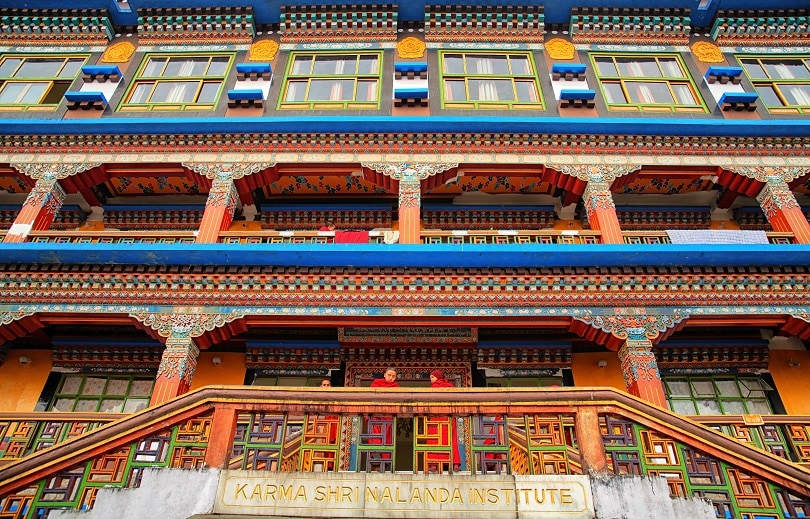
- Pemayangtse Gompa: Overlooking the ruins of the old city of Rabdentse, this monastery sits on a hilltop. It is also the oldest monastery, roughly 200 years old
- Enchey Gompa: It is the most beautiful monastery located on the northern outskirts of Gangtok. The founder of this monastery was famous for his levitation skills.
- Phodong Monastery: It is situated in the city of Phodong and houses approximately 260 monks.
- Phensang Monastery: Located on slopes of Kabi, it has one of the best landscapes in entire Sikkim.
- Ralang Monastery: Located in southern regions of Sikkim, it is one of the most sacred monasteries of Buddhists of Kagyupa tradition.
Museums and Monuments
Among the numerous monuments and vital centres of education, some of them are:
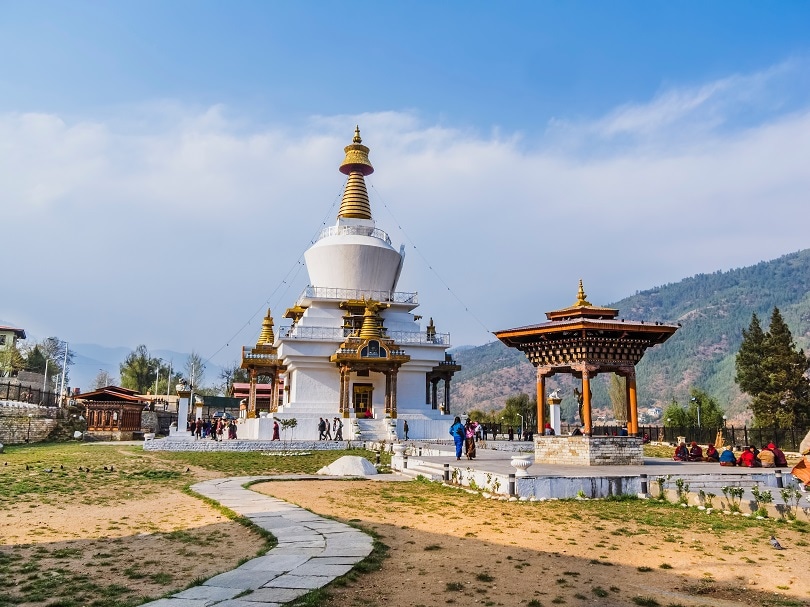
- Rabdentse: The ruins of the royal capital makes it a historical and picturesque spot.
- Samdruptse: A 45-m high statue of Guru Padmasambhava, painted in shiny copper and bronze sits on top of a giant lotus. Its foundation stone was laid by none other than His Holiness Dalai Lama.
- Char Dham: Sitting on Solophok hilltop, this 33-m high statue of Lord Shiva is even grander than Samdruptse. It is an important site of worship for Hindus.
- Namgyal Institute Of Tibetology: The museum houses ancient Tibetan tapestries and artefacts related to Buddhist culture.
- Do-drul Chorten Stupa: This is the largest stupa in Sikkim. It is situated in Gangtok.
- Dak Bungalow: Sir James Claude White built this in 1895. This was the site where Sikkim’s first treasury was built and the first police force was raised.
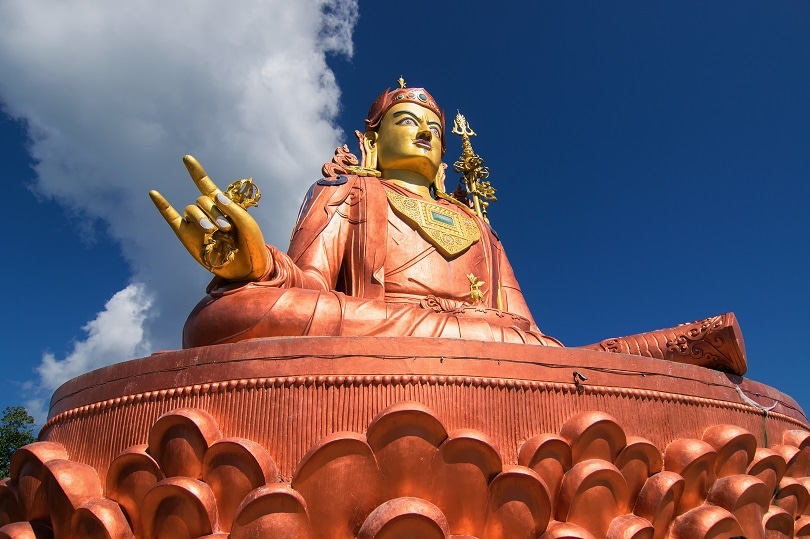
ADVENTURE ACTIVITIES
Known as the ‘trekker’s paradise’, Sikkim has a plethora of fun things to do for those seeking thrill.
- Trekking
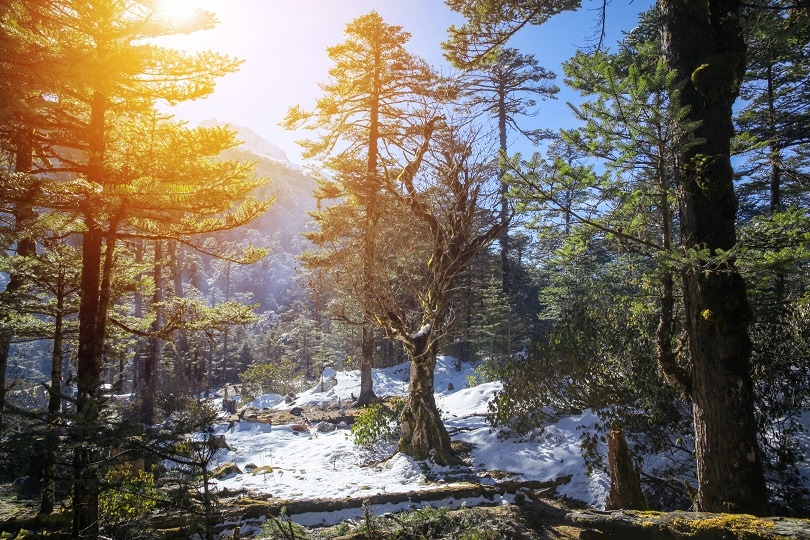
Sikkim and its mountainous terrain is a mecca for trekking. One can choose from a variety of treks, from easy to strenuous right up to the level of Kanchenjunga; there is something that suits everyone. Most trek routes begin from Yuksom, 145 kms from Gangtok. From here one can take on any trek, with the guidance of an experienced tour guide. Most popular treks are the ones to Zongri Pass and Goche La Pass.
- River Rafting
The Teesta and Rangeet rivers flowing with full force through Sikkim offer great opportunities for rafting. Although the rapids in Rangeet are reserved for the seasoned rafters. Beautiful spots for camping are also abundant on the white sandy banks of these rivers. Kayaking is also popular, along with rafting.
- Mountain Biking
A very new form of adventure activity, mountain biking is sure to bring adrenaline rush into you. Biking routes start at Gangtok and go on to Singtam or beyond. Biking through small, far-away villages on the borders of the state can be one hell of a feast for the eyes with spell-bounding views.
- Hang Gliding
This enthralling activity has also recently been started by the Sikkim Tourism board in north Sikkim and Jorethang in the west. It has become a much sort after sport for adventure enthusiasts.
- Mountaineering
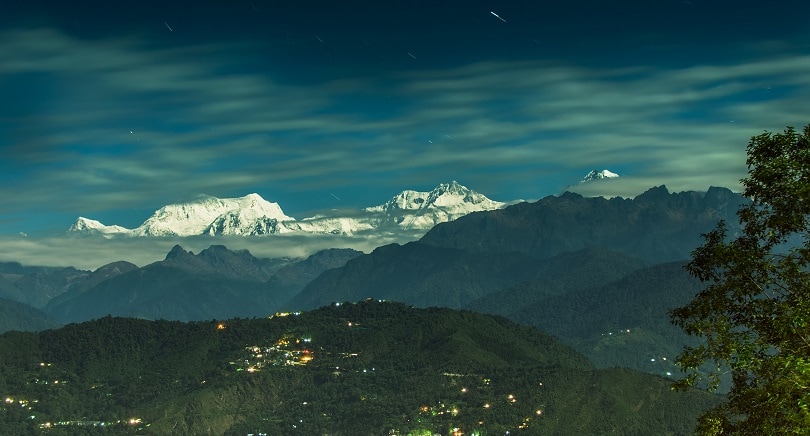
Teams undertake expeditions to Mount Kanchenjunga (8,586 m) with the help of ‘sherpas’. Conquering the heights has become a passion for adventure lovers. Apart from scaling the third highest peak in the world, Sikkim offers you a taste of other expeditions too. Some popular expeditions are a trek to Pandim (669-m), Goechala peak (4940-m) and Lama Lamani Peak (5700-m). They absolutely are a must to do on your Sikkim trip.
- Yak Safari
You can ride a yak, where walking is not a very suitable option. Some popular routes are Dzongri region and Tsomgo Lake.
LAKES AND FORESTS
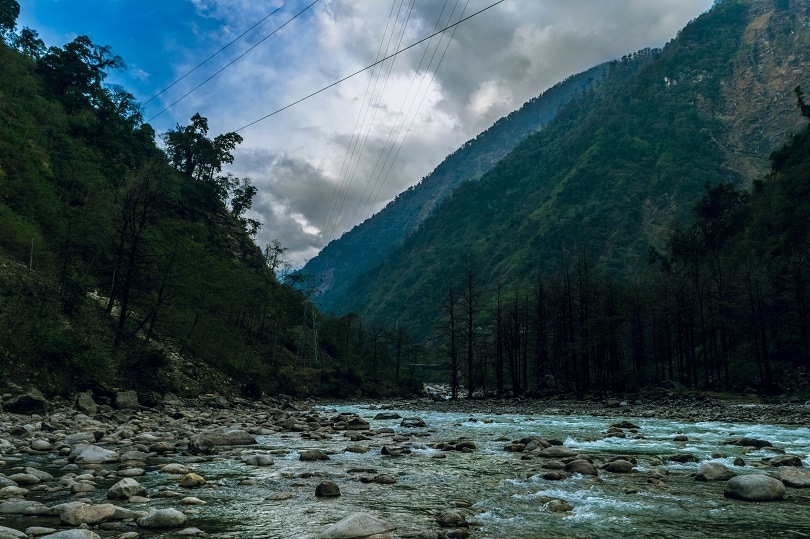
What is unique about Sikkim is that within a small area, you find a gigantic variety of flora and fauna and numerous landscapes. All this and more makes Sikkim an ecological hotspot.
- Khecheopalri Lake
It is pronounced as ‘ketchup-perry’, a lake revered by both Buddhists and Hindus. It is spectacular because its shape resembles a footprint of Goddess Tara, as per the myths professed by the Lepchas. Legend has it that birds remove any stray leaves from the lake’s surface, keeping it pristine and clear all year round.
- Tsomgo Lake
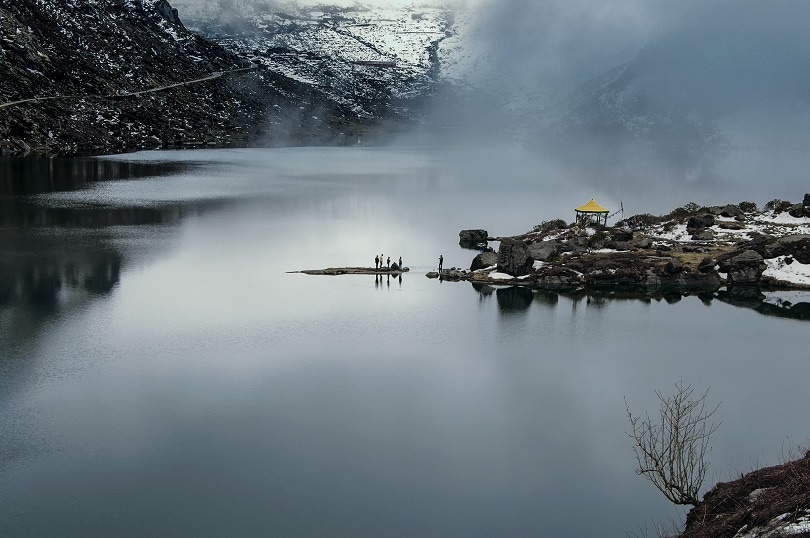
A famous tourist destination, this lake is at the elevation of 12,210 feet above the sea level. The lake is 50 feet deep, so it makes a pleasant spot for Brahminy ducks and other migratory birds. Also in the surrounding area, one can find an array of rare flowers like primulas, rhododendrons, iris, blue and yellow poppies growing during the summer months of May-August. It is a significant tourist attraction and a proud part of many Sikkim Packages.
- Menmecho Lake
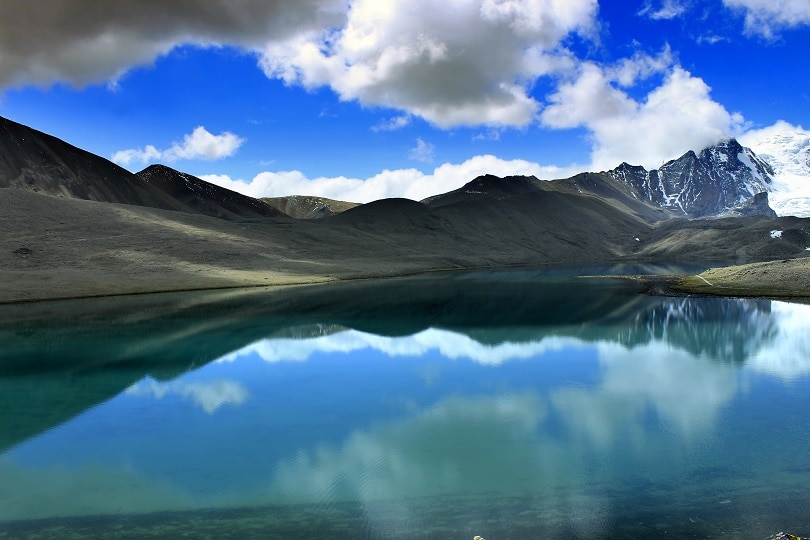
This lake lies wedged between the mountains and Jelep La Pass and is the originating source of river Rangpo-chu. It’s a good lake for trout fishing and farms to cultivate the fishery already existing nearby.
- Tso Lhamo Lake
Lying on the plateau that connects Sikkim to Tibet, this lake gives birth to river Teesta in the form a trickle merely a foot wide. The surrounding mountains add a prehistoric charm to the lake.
- Kanchenjunga National Park
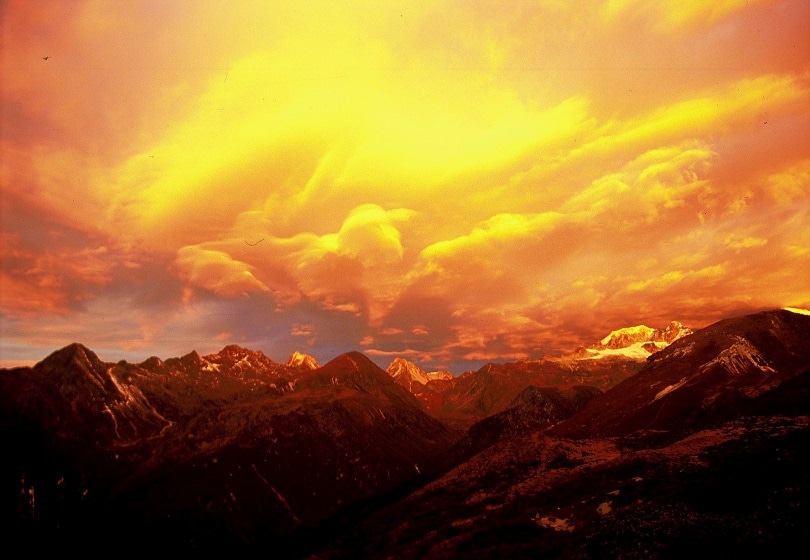
Situated in the northern part of the state, this wildlife park is spread over 850 square kilometres. It boasts of Mt. Kanchenjunga, the majestic Indian peak and Zemu glacier, one of the longest glaciers. Nature lovers instantly fall in love with this untouched environment which is home to snow leopard, Himalayan black bear, Tibetan antelope, flying squirrel, wild ass, barking deer, red panda and musk deer.
The blissful rhododendron and pine forests also give refuge to more than 500 varieties of birds like blood pheasants, satyr tragopan, osprey, Himalayan griffon, lammergeier, snow pigeon, impeyan pheasants, sunbirds & eagles. Although the park is closed for the local public, forest department grants permission to only serious nature lovers and teams going for expeditions.
- Singba Rhododendron Sanctuary
It is a small 33-hectare park located near Yumthang in north Sikkim. During the summer months when the rhododendrons are in full bloom, they impart a picturesque natural beauty to the place. The blood pheasant, partridges, tiger civets are some variety of birds and animals found in this park.
- Maenam Wildlife Sanctuary
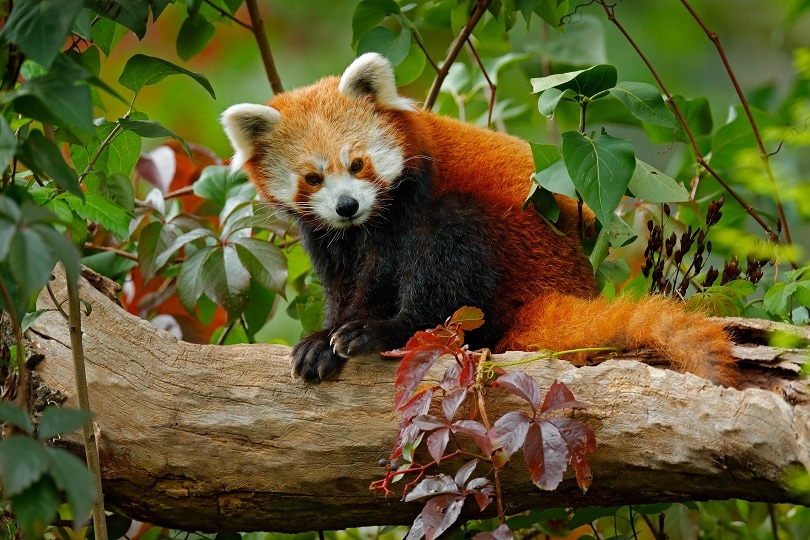
This wildlife sanctuary is over 3500 hectares in area, located near Ranbongla in South Sikkim. Proud residents of this park are the red panda, civet cat, black eagles and blood pheasants.
- Fambong Lho Wildlife Sanctuary

It is located 20 kms from Gangtok and is spread over 5200 hectares. The highest point in this sanctuary is at Tinjure (7000 feet), where a wooden observation tower of Forest Department is present. The red panda, leopard cat, Himalayan black bear, and many varieties of birds and butterflies are found here.
HOW TO REACH SIKKIM
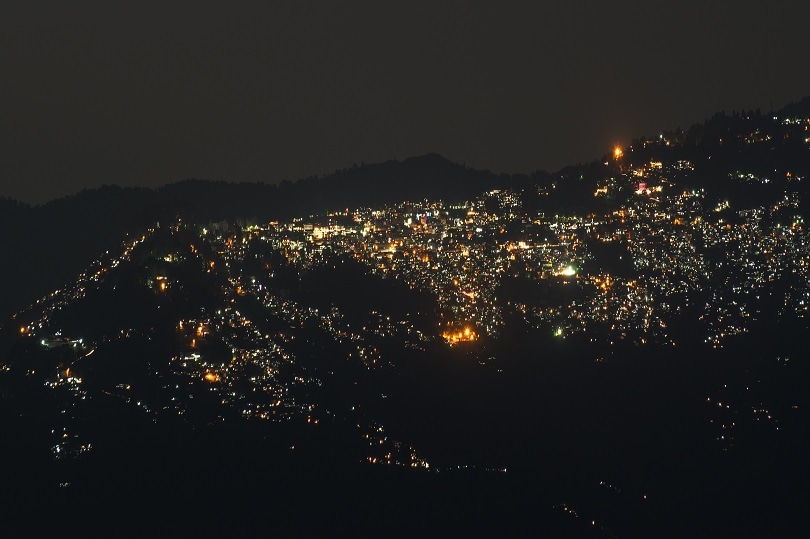
- By Air
Travelling from India, one has to take flights to Bagdogra (West Bengal) some 120 kms from Gangtok which ply on a daily basis from Netaji Subhash Chandra Bose Airport in Kolkata. This airport is well-connected to other metropolitan cities. From Bagdogra, one can take private cabs or state-run buses to reach Gangtok.
- By Rail
The nearest railway station to Sikkim is some 117 kms from Gangtok in New Jalpaiguri, near Siliguri, West Bengal. Also, overnight trains can be boarded from Kolkata, which arrive early morning at New Jalpaiguri. From here, one can take private cabs or buses to reach Gangtok.
- By Road
Again one has to cross West Bengal to reach Sikkim. The capital Gangtok is well-connected to Siliguri via NH 31. Within Sikkim, tourists can make use of the cab services to explore the state.
Now that you know why you should travel to Sikkim, it’s time to give Sikkim a chance to be your next vacation destination and soak in the interesting culture and beauty of the state.
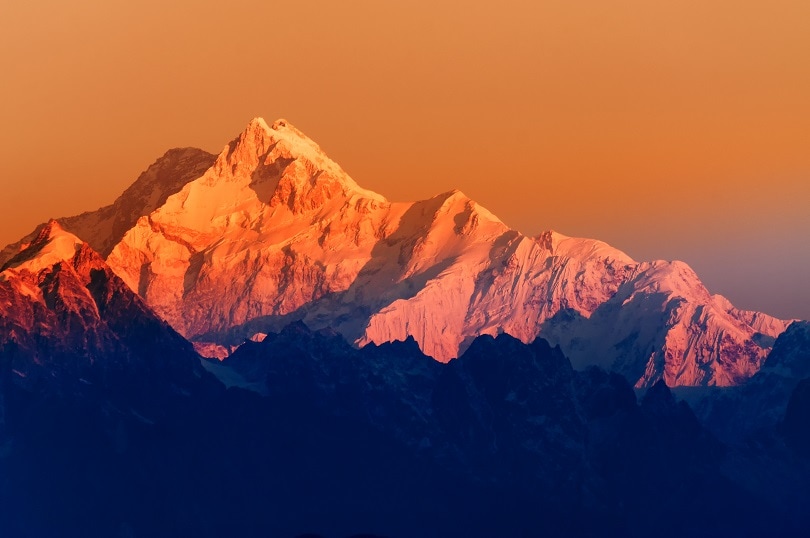
- Top 16 Things to do in Kolkata in 24-hours - July 25, 2019
- Savour These Delicacies While in Bali for a True Gastronomical Treat! - May 29, 2019
- A Seasonal Guide to Sri Lanka – The Pearl of the Indian Ocean 2019 & 2020 - May 24, 2019
- Six Experiences You Mustn’t Miss in Sri Lanka for A Fabulous Trip! - May 24, 2019
- 5 Bazaar Ramadan terbaik di Kuala Lumpur. - May 15, 2019
- Planning to Visit Ladakh? Here is a Seasonal Guide to Help You Plan Your Trip - May 8, 2019
- Visit These Places in Bali For an Exciting Vacation in The Tropical Island! - May 7, 2019
- 8 Best Places to Spend Your Vacation in the Hills of Himachal Pradesh - April 17, 2019
- Places to Visit in Thailand - April 16, 2019
- Want to Visit Bali at Minimum Cost? Follow Our Guide to Travel Bali on a Budget! - April 12, 2019

